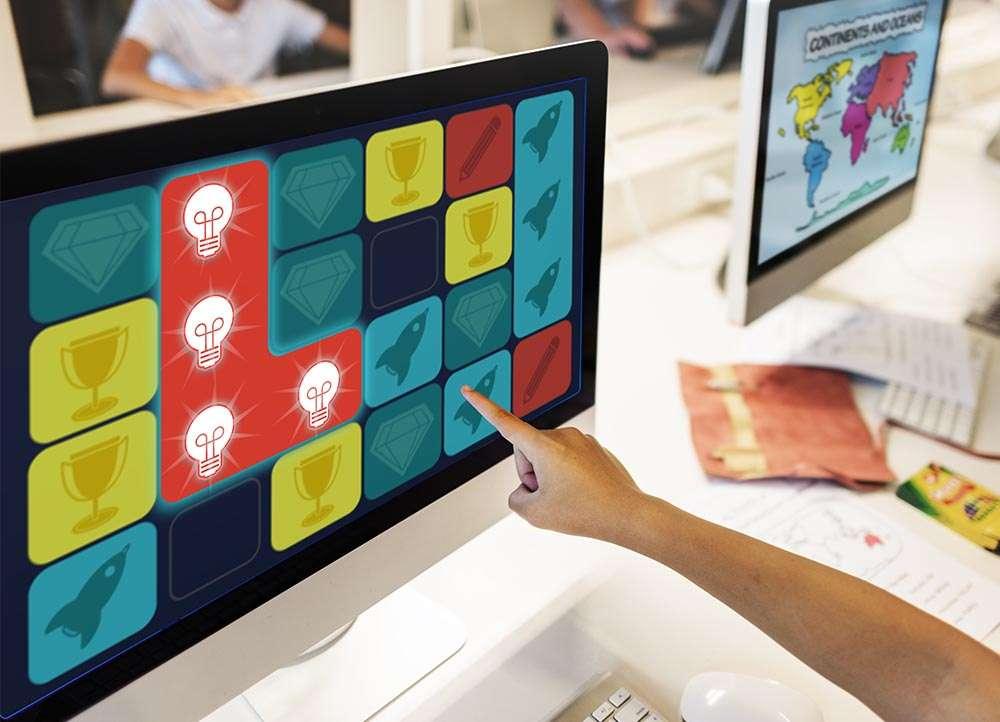Evaluating Learning Outcomes in Gamified Environments: Effective Strategies and Best Practices
In the digital era, educators and organizations increasingly harness gamified environments to enhance engagement and motivation in learning. Though, ensuring that these interactive experiences translate into meaningful educational growth requires a robust framework for evaluating learning outcomes.This comprehensive guide explores the most effective strategies, best practices, and real-world examples for assessing the impact of gamification on learners.
Understanding Gamified Learning Environments
Gamification in education refers to the integration of game mechanics, such as points, badges, leaderboards, and challenges, into learning activities to foster increased motivation, competition, and collaboration. These dynamic environments offer personalized, interactive experiences tailored to diverse learner needs.
- Simulated scenarios and role-play for real-world skill development
- Progress tracking with instant feedback
- reward systems for consistent achievement and engagement
the core challenge, though, lies in measuring whether these elements translate to actual learning gains. This is where effective outcome evaluation becomes essential.
Why Evaluating Learning Outcomes in Gamified Environments matters
Understanding the effectiveness of gamified learning is crucial for instructors, instructional designers, and organizations to ensure that their investment in game-based methods yields tangible results. Key reasons include:
- Aligning gamification objectives with curriculum goals
- Identifying areas for improvement and content gaps
- Demonstrating ROI (return on investment) for stakeholders
- Enhancing learner motivation through meaningful feedback
- Promoting long-term knowledge retention and skill transfer
Effective strategies for Evaluating Learning Outcomes in Gamified Settings
Evaluating outcomes in gamified environments requires a combination of customary assessment methods and game-based analytics. Here are the most effective strategies:
1. Pre- and Post-Assessments
- Use quizzes, tests, or surveys before and after the gamified experience to measure knowledge gain.
- Analyze score improvements to directly assess learning impact.
2. In-Game Analytics and Performance Data
- Track player progress, completion rates, and in-game achievements.
- Evaluate time taken to solve challenges, error rates, and streaks to gauge skill mastery.
- Use learning analytics dashboards for real-time insights.
3. Experience Points (XP) and Badge Attainment
- Assess depth and breadth of learning based on levels, badges, or milestones unlocked.
- Link badge criteria to specific learning objectives.
4. Behavioral observation
- Monitor interactions, problem-solving approaches, and collaboration within the gamified surroundings.
- record notable behaviors such as perseverance, creativity, or teamwork.
5.Embedded Formative Assessments
- Integrate questions, mini-quizzes, or interactive tasks within the game narrative.
- provide immediate, adaptive feedback to guide learning in real-time.
6. Learner Feedback and Self-Reflection
- Use surveys, polls, or reflective journals post-gameplay to capture learner perceptions.
- Encourage self-assessment to foster metacognition and deeper learning awareness.
Best Practices for Assessing Learning Outcomes in Gamified Environments
- Align Game Mechanics with Learning Goals: Each gameplay element—points, badges, levels—should have a clear link to intended learning outcomes.
- Design Valid Assessment Criteria: Use rubrics, clear benchmarks, and objective performance indicators that reflect genuine learning, not just game success.
- Apply Mixed Methods: Combine quantitative (scores, completion rates) and qualitative (observation, reflection) data for a holistic view.
- Foster Ongoing Assessment: Regularly check progress throughout the learning journey, not just at the end, using formative evaluation.
- Integrate Adaptive Feedback: Offer personalized hints or scaffolding based on individual learner performance within the game.
- Analyze Engagement Metrics: Study time-on-task, session frequency, and voluntary play to understand intrinsic motivation and engagement.
- Ensure Accessibility and Inclusivity: Adapt assessments for diverse learning needs and ensure everyone can participate meaningfully.
Benefits of Gamified Outcome Evaluation
- Increased Motivation: Feedback loops,rewards,and progress tracking keep learners engaged.
- Immediate Insight: Real-time analytics allow for instant adjustment of teaching strategies.
- Personalization: Adaptive assessments address individual learner strengths and weaknesses.
- Enhanced Retention: Meaningful feedback and repetition solidify learning.
- data-Driven Decisions: Rich data inform instructional design improvements and demonstrate program efficacy.
Case Study: Gamified Learning in Action
Case Study: “MathMaster” – A Middle School Success Story
At Lincoln Middle School, educators implemented “MathMaster,” a gamified platform where students earn points for solving math problems, unlock levels by attaining mastery, and work collaboratively in team-based challenges.
- Evaluation Approach: Combined pre- and post-tests, in-game analytics, and student self-reflection journals.
- Key Findings: Average test scores rose by 23%, engagement metrics (logins and playtime) doubled, and students reported greater confidence in math skills.
- Best Practice Illustrated: Linking game achievements with curriculum standards ensured that badges and levels were meaningful indicators of learning progress.
- Lesson Learned: Regular feedback sessions and reflective activities enhanced both learning outcomes and student ownership of progress.
Practical Tips for Educators and Instructional Designers
- Map each game element to a specific learning objective to maintain focus and relevance.
- Collaborate with learners—gather feedback and involve them in shaping gamified experiences.
- Leverage learning management system (LMS) plugins for gamification and analytics in platforms like WordPress using plugins such as GamiPress or BadgeOS.
- Conduct regular data reviews to make evidence-based adjustments to game design or instructional strategies.
- Use storytelling and narrative to embed assessments naturally within the game, making evaluation an engaging part of the journey.
- Promote group challenges and collaborative quests to assess, and reinforce, teamwork and soft skills.
Conclusion
Accomplished evaluation of learning outcomes in gamified environments is an ongoing, dynamic process. By integrating smart assessment strategies, analyzing data-rich feedback, and aligning every element of game design with educational objectives, educators and organizations can unlock the transformative power of gamified learning. From boosting motivation and engagement to ensuring deep, measurable understanding, mastering these evaluation techniques is the key to future-ready, impactful education.
Whether you’re a seasoned instructional designer or new to the world of gamification, these strategies and best practices will help ensure your gamified learning experiences are both fun and truly effective in delivering real learning outcomes.

